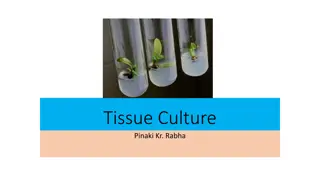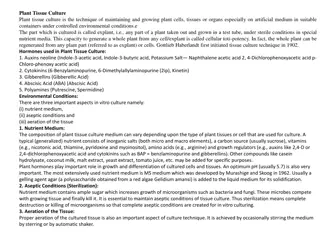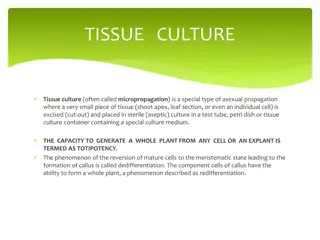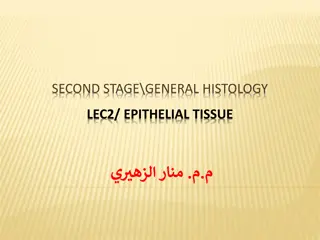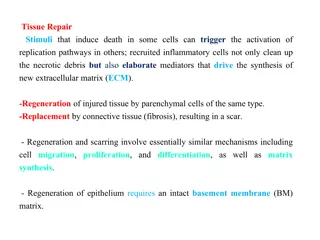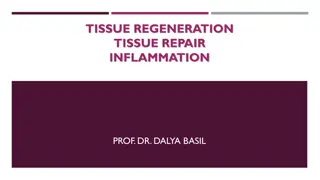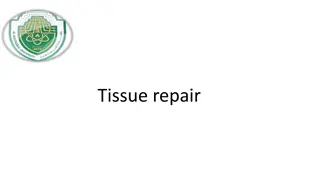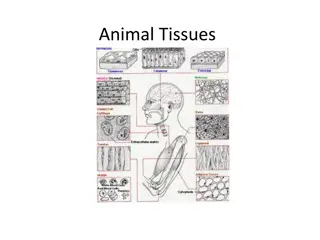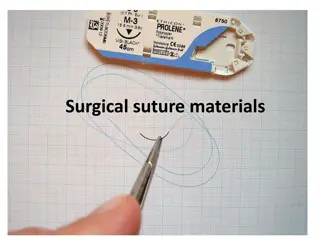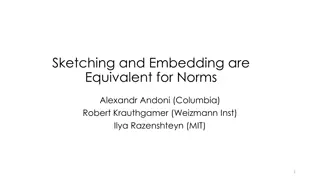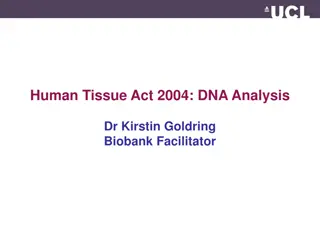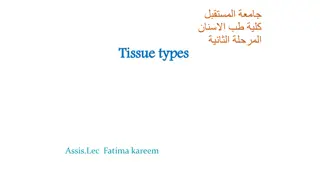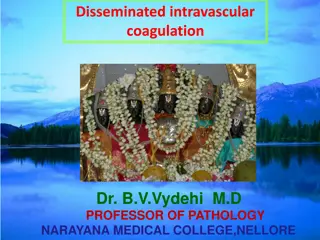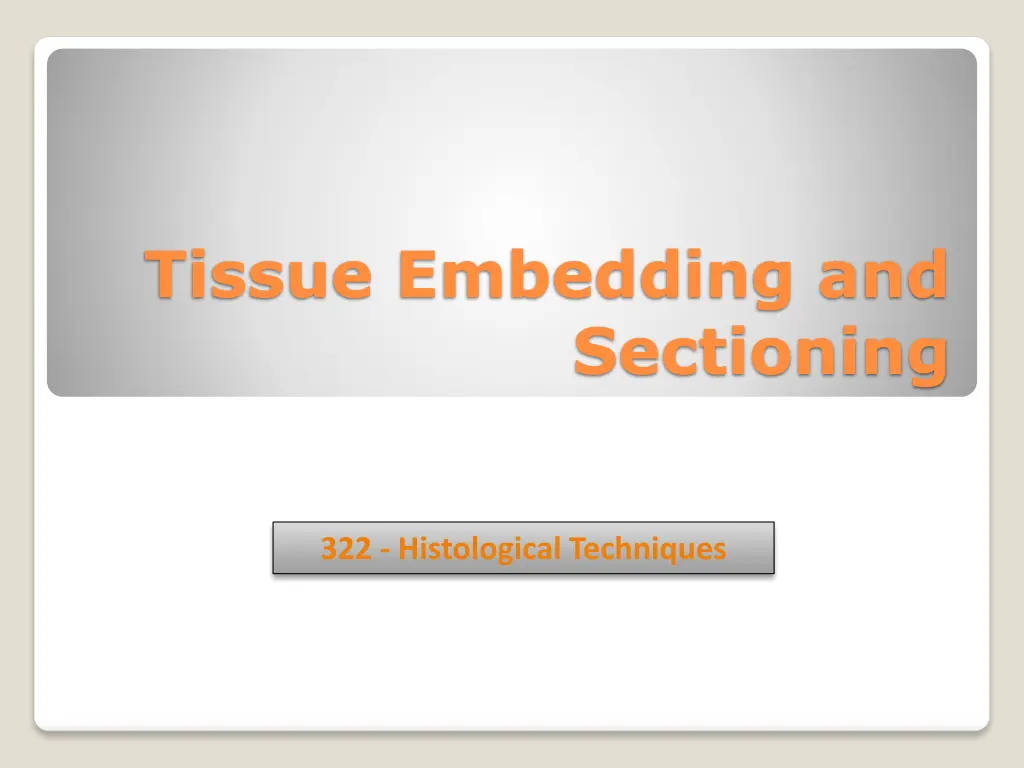
Histological Techniques for Tissue Embedding and Sectioning
Learn about the process of tissue embedding and sectioning in histology, including freezing and paraffin embedding steps. Follow the detailed instructions for successful embedding of tissue samples for histological analysis.
Download Presentation

Please find below an Image/Link to download the presentation.
The content on the website is provided AS IS for your information and personal use only. It may not be sold, licensed, or shared on other websites without obtaining consent from the author. If you encounter any issues during the download, it is possible that the publisher has removed the file from their server.
You are allowed to download the files provided on this website for personal or commercial use, subject to the condition that they are used lawfully. All files are the property of their respective owners.
The content on the website is provided AS IS for your information and personal use only. It may not be sold, licensed, or shared on other websites without obtaining consent from the author.
E N D
Presentation Transcript
Tissue Embedding and Sectioning 322 - Histological Techniques
Embed fresh tissue in OCT compound in cryomolds. 1. Cut 4-8 m thick cryostat sections and mount on 2. superfrost plus slides or gelatin coated slides. Before staining, warm slides at room temperature for 3. 5-10 minutes and fix in ice cold acetone or other alternate fixatives for 5-10 minutes. Wash in PBS and proceed to standard staining 4. procedure (H & E). Cover slip with water based mounting media. 5. Frozen Sectioning
Turn the heat block on to melt the paraffin one hour 1. before adding the tissue cassettes. Place the entire cassettes in up to 65 C paraffin bath 2. for 15 minutes to melt the wax. Warm metal block molds on the hot plate. 3. Open cassette to view tissue sample and choose a 4. mold that best corresponds to the size of the tissue. Embedding Steps
Put small amount of molten paraffin in mold, 5. dispensing from paraffin reservoir. Using warm forceps, transfer tissue into mold, placing 6. cut side down, as it was placed in the cassette. Transfer mold to cold plate, and gently press tissue flat. 7. Paraffin will solidify in a thin layer which holds the tissue in position. Embedding Steps con.
If the tissue is in the desired orientation add the 8. labeled tissue cassette on top of the mold as a backing. Add hot paraffin to the mold from the paraffin 9. dispenser. Be sure there is enough paraffin to cover the face of the plastic cassette. 10. If necessary, fill cassette with paraffin while cooling, keeping the mold full until solid. Embedding Steps con.
11. When the wax is completely cooled and hardened (~20 minutes) the paraffin block can be easily removed out of the mold, the wax blocks should not stick. If the wax cracks or the tissues are not aligned well, simply melt them again and start over. Embedding Steps con.
http://www.youtube.com/watch?v=QKvT9KNM0M0 http://www.youtube.com/watch?v=FaOWA-y9UKI
1. Remove wax from surface of the block to expose the tissue (trim blocks at room temperature. Avoid trimming holes by using no greater than 15 m steps) 2. Chill block on refrigerated plate or covered ice tray for 10 minutes before sectioning at 5 m. Blocks kept on ice for too long will crack and absorb water. 3. Clean the surface of the water bath by skimming with tissue paper . Tissue Sectioning
Float sections onto water bath that is hot enough to 4. allow section to flatten completely but not expand too much or disintegrate. Pick up sections on to cleaned coated slides . 5. Ensure that sections are clearly labeled and dry 6. properly. Dry upright at 60 C before staining to melt wax and 7. improve adhesion. Tissue Sectioning con




